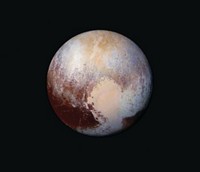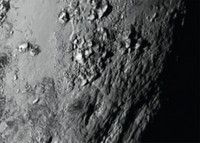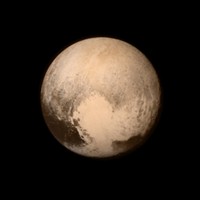Advertisement
Grab your lab coat. Let's get started
Welcome!
Welcome!
Create an account below to get 6 C&EN articles per month, receive newsletters and more - all free.
It seems this is your first time logging in online. Please enter the following information to continue.
As an ACS member you automatically get access to this site. All we need is few more details to create your reading experience.
Not you? Sign in with a different account.
Not you? Sign in with a different account.
ERROR 1
ERROR 1
ERROR 2
ERROR 2
ERROR 2
ERROR 2
ERROR 2
Password and Confirm password must match.
If you have an ACS member number, please enter it here so we can link this account to your membership. (optional)
ERROR 2
ACS values your privacy. By submitting your information, you are gaining access to C&EN and subscribing to our weekly newsletter. We use the information you provide to make your reading experience better, and we will never sell your data to third party members.
Physical Chemistry
Hartley 2 Has A Carbon Dioxide Tail
Space Science: EPOXI flyby shows comet has unusual jet composition
by Elizabeth K. Wilson
November 5, 2010

The spacecraft that blasted a crater in the comet Tempel 1 five years ago has now breezed by a second comet: the tiny, peanut-shaped comet Hartley 2. The flyby has given scientists a view of the comet's surprising dry-ice-driven gas and dust jets.

The bright jets that give comets their tails are usually presumed to be generated when water ice in the comet's nucleus is warmed by the sun, vaporizes, and spews outward, carrying dust along with it. However, at a press conference November 4, scientists produced preliminary images that show that carbon dioxide ice, not water, is driving the jets coming from Hartley 2's nucleus. "This shows that there is one area in the comet incredibly rich in dry ice," said Michael A'Hearn, principal investigator for the mission.
The spacecraft, now dubbed EPOXI , is the vehicle and instruments that remain from the National Aeronautics & Space Administration's Deep Impact spacecraft. In 2005, Deep Impact lobbed a copper chunk at Tempel 1, and studied the kicked-up debris. Because the craft, minus impactor, was still functioning and traveling through space after its investigation of Tempel 1, NASA decided to send it on a second mission, this time, to Hartley 2.
Hartley 2, which was discovered in 1986, is only about 1.25 miles long. It orbits the sun approximately every 6.5 years, and recently passed close by the Earth. The tail of Hartley 2 generated a meteor shower, which was visible during much of October.
Images from the craft showed an elongated object with clusters of bright tails. "It's undoubtedly the most interesting, and for its size, the most active comet" known, said Jessica Sunshine, a scientist for the mission, at the conference.





Join the conversation
Contact the reporter
Submit a Letter to the Editor for publication
Engage with us on Twitter